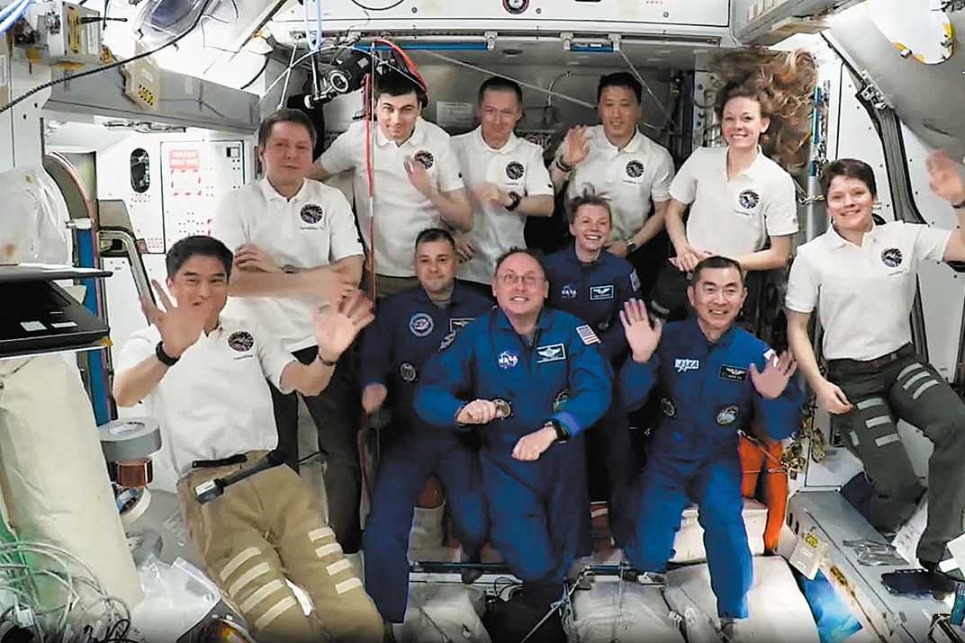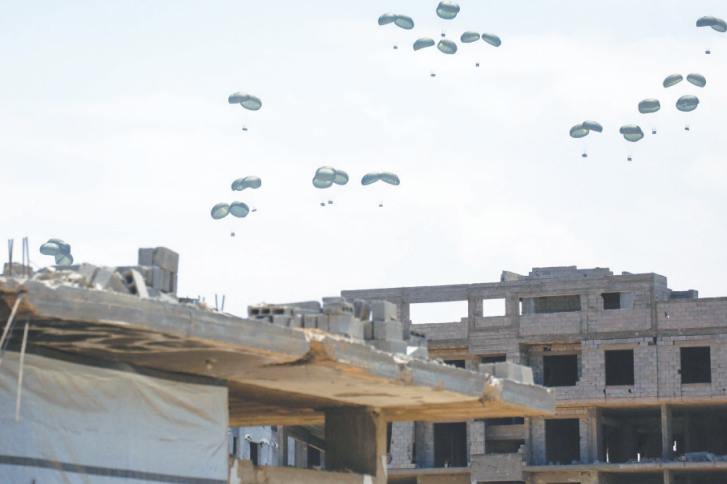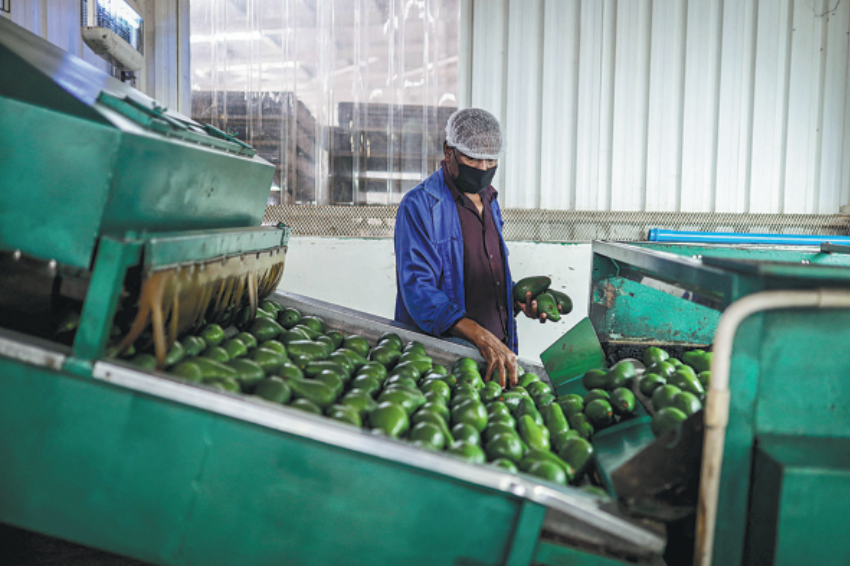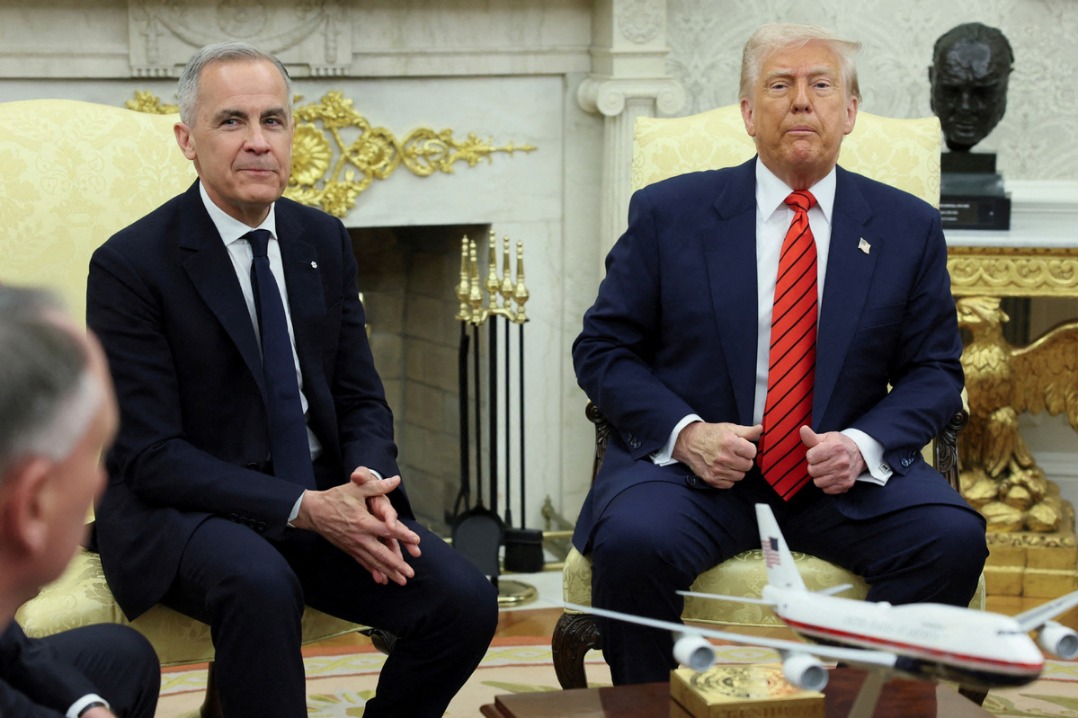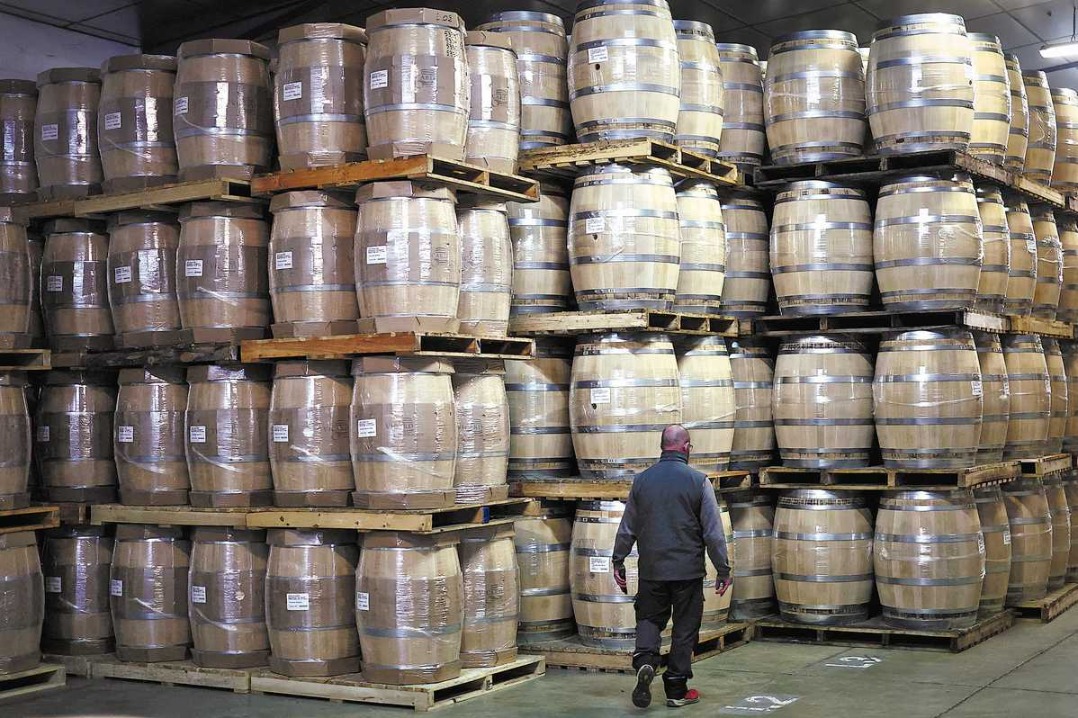SpaceX delivers fresh crew to space station

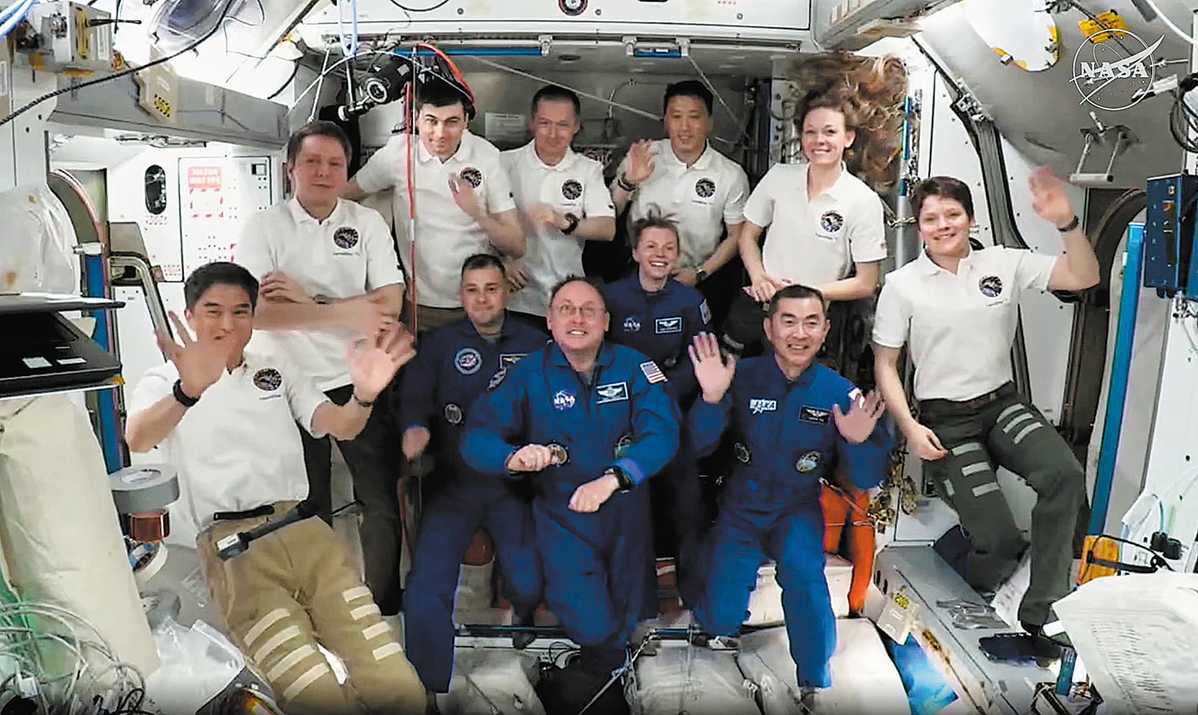
CAPE CANAVERAL, Florida — SpaceX delivered a fresh crew to the International Space Station on Saturday.
The four US, Russian and Japanese astronauts pulled up in their SpaceX capsule after launching from NASA's Kennedy Space Center. They will spend at least six months at the orbiting lab, swapping places with colleagues who have been there since March. SpaceX will bring those four back as early as Wednesday.
Moving in are NASA's Zena Cardman and Mike Fincke, Japan's Kimiya Yui and Russia's Oleg Platonov — each of whom had been originally assigned to other missions. "Hello, space station!" Fincke radioed as soon as the capsule docked high above the South Pacific.
Cardman and another astronaut were pulled from a SpaceX flight last year to make room for NASA's two stuck astronauts, Boeing Starliner test pilots Butch Wilmore and Suni Williams, whose space station stay went from one week to more than nine months.
Fincke and Yui had been training for the next Starliner mission. But with Starliner grounded by thruster and other problems until 2026, the two switched to SpaceX.
Platonov was bumped from the Soyuz launch lineup a couple of years ago because of an undisclosed illness.
Their arrival temporarily puts the space station population at 11.
"It was such an unbelievably beautiful sight to see the space station come into our view for the first time," Cardman said once on board.
While the flight, in 15 hours, was speedy by US standards, the Russians hold the record for the fastest trip to the space station — a lightning-fast three hours, AP reported.
During their stay aboard the orbiting laboratory, the astronauts will support a range of scientific research and technology demonstrations. Their tasks include simulating lunar landings, testing vision protection strategies, and conducting studies to improve human health and performance in space.
The crew will also study plant cell division and microgravity's effects on bacteria-killing viruses, and perform experiments to produce a higher volume of human stem cells and generate on-demand nutrients, according to NASA.
The ISS is set to be decommissioned after 2030, with its orbit gradually lowered until it breaks up in the atmosphere over a remote part of the Pacific Ocean called Point Nemo, a spacecraft graveyard.
Agencies - Xinhua
















